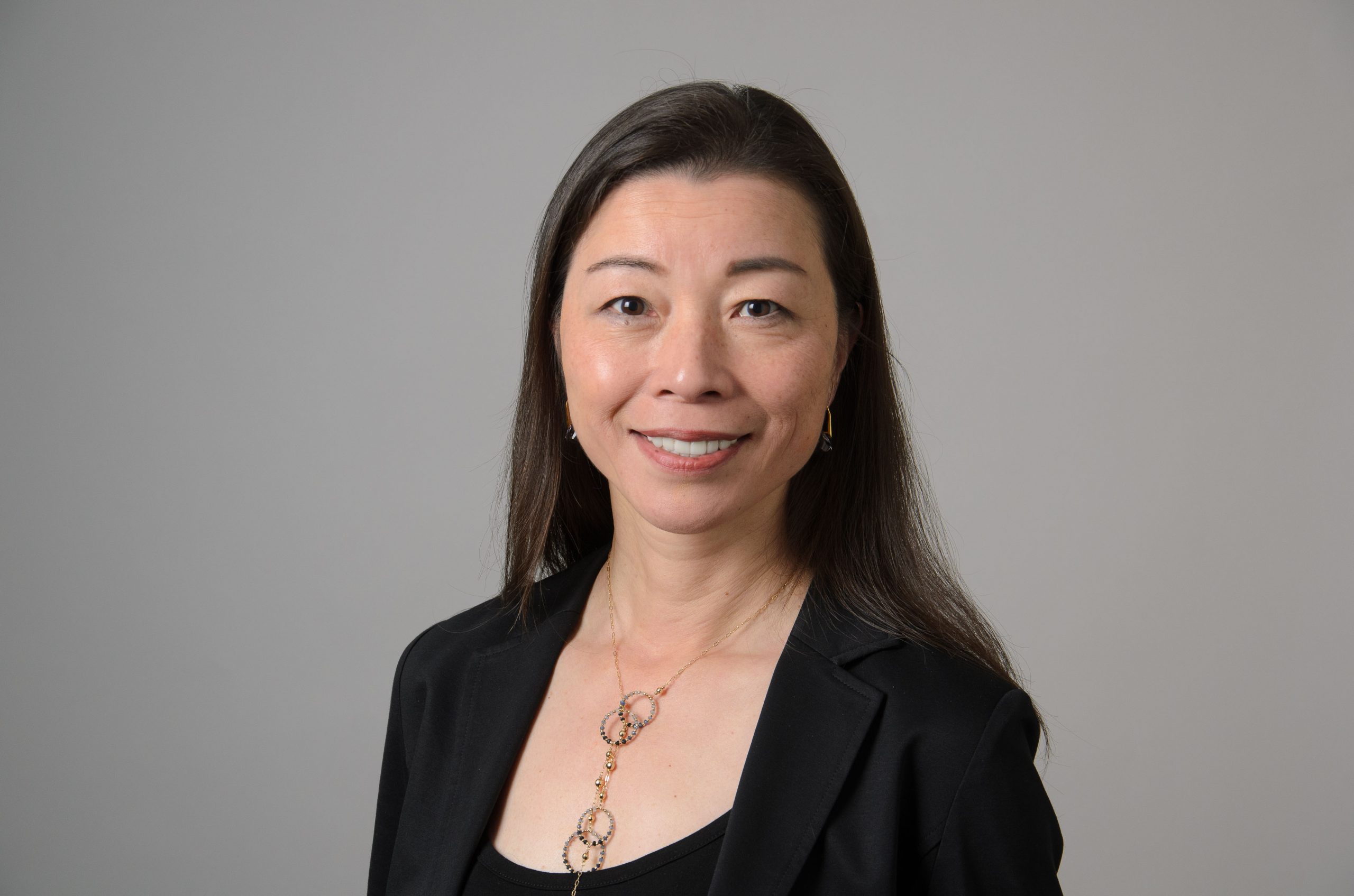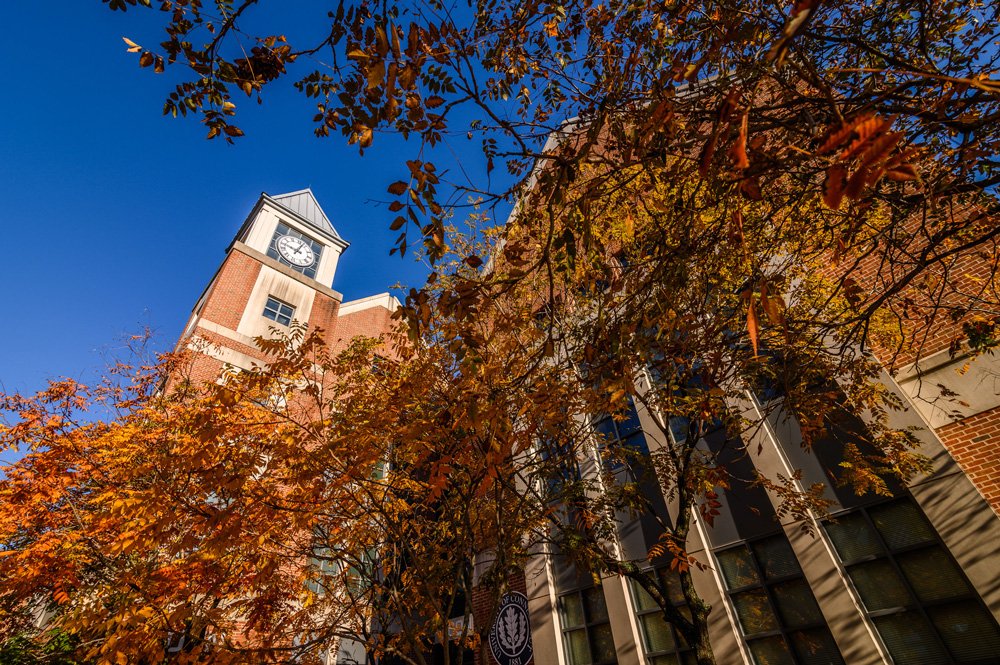About UConn Waterbury
About UConn Waterbury
Golden Opportunities in the Brass City
At UConn Waterbury, you’ll get all the benefits of a prestigious public research university in a small college setting. For more than 70 years, UConn Waterbury has opened the doors to educational access and excellence for thousands of Connecticut residents. Today, the campus is located in a leading-edge facility in the heart of Waterbury's revitalized downtown.
UConn Waterbury is proud to be federally designated as a Minority Serving Institution (MSI), both as a Hispanic-Serving Institution (HSI) and an Asian American and Native American Pacific Islander Serving Institution (AANAPISI).
Campus Leadership

Fumiko Hoeft, MD, Ph.D.
Campus Dean & Chief Administrative Officer
Dr. Fumiko Hoeft is the dean & chief administrative officer of UConn Waterbury. She is deeply involved in mentoring students, community outreach, promoting diversity and inclusion, and service to the University. She views the strong sense of community and diversity at UConn Waterbury, and within the city of Waterbury itself, as a great opportunity for partnerships, economic growth, and social entrepreneurship.
Dr. Hoeft is among the nation’s top researchers in studying the brain’s function to better understand the neural mechanisms of brain development, literacy, dyslexia, and related issues. She is a neurophysiologist, as well as a systems and developmental cognitive neuroscientist. Dr. Hoeft is director of the Brain Imaging Research Center (BIRC) and a professor of psychological sciences. She earned her Ph.D. in neuroscience and neurophysiology from the Keio University School of Medicine and her MD from the Keio University School of Medicine.
Our campus administration is made up of a dedicated team of leaders and staff who support UConn Waterbury and our students, faculty, and staff.
Our Mission
UConn Waterbury promotes the personal growth of students of all ages and economic circumstances through intellectual achievement, enhanced leadership skills, and workforce development. The campus provides access to lifelong learning and community engagement through its academic programs and provides entry to the more than 115+ undergraduate programs available at the University of Connecticut. UConn Waterbury is committed to developing important interaction between its student body, faculty, and the community.

History
In 1942, the University of Connecticut was invited to Waterbury at the request of a group of citizens, headed by the Waterbury YMCA. Named the Waterbury Extension Center, it offered primarily certificate-granting technical courses taught at the YMCA for 253 students comprised mostly of returning veterans looking for an affordable and easily accessible means of earning an education.
In August 2003, the Waterbury campus moved to a new 95,000 square foot downtown campus. The U shaped, three story building at the intersection of East Main Street and Phoenix Avenue was designed to serve more than 1,200 students, faculty and staff, replacing the collection of buildings and houses that has served the Waterbury campus for decades. The new facility was dedicated on October 9, 2003.
In 2016, UConn Waterbury opened the newly renovated Rectory Building. The building, located directly across the street from the main campus building, is home to classrooms, meeting and study rooms, as well as the Spirit Café.
UConn Waterbury sits on traditional, ancestral, and occupied Native American land. The campus’ location and history require that we critically reflect on the ongoing effects of settler colonialism and structural racism and question what it means to teach, learn, and conduct research on occupied lands.
History
In 1942, the University of Connecticut was invited to Waterbury at the request of a group of citizens, headed by the Waterbury YMCA. Named the Waterbury Extension Center, it offered primarily certificate-granting technical courses taught at the YMCA for 253 students comprised mostly of returning veterans looking for an affordable and easily accessible means of earning an education.
In August 2003, the Waterbury campus moved to a new 95,000 square foot downtown campus. The U shaped, three story building at the intersection of East Main Street and Phoenix Avenue was designed to serve more than 1,200 students, faculty and staff, replacing the collection of buildings and houses that has served the Waterbury campus for decades. The new facility was dedicated on October 9, 2003.
In 2016, UConn Waterbury opened the newly renovated Rectory Building. The building, located directly across the street from the main campus building, is home to classrooms, meeting and study rooms, as well as the Spirit Café.
UConn Hartford sits on traditional, ancestral, and occupied Native American land. The campus’ location and history require that we critically reflect on the ongoing effects of settler colonialism and structural racism and question what it means to teach, learn, and conduct research on occupied lands.
